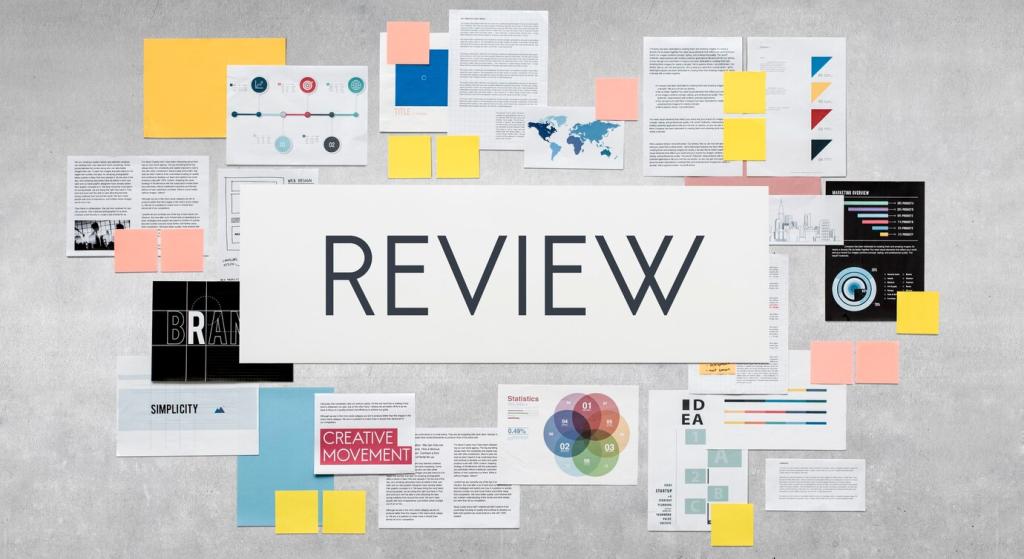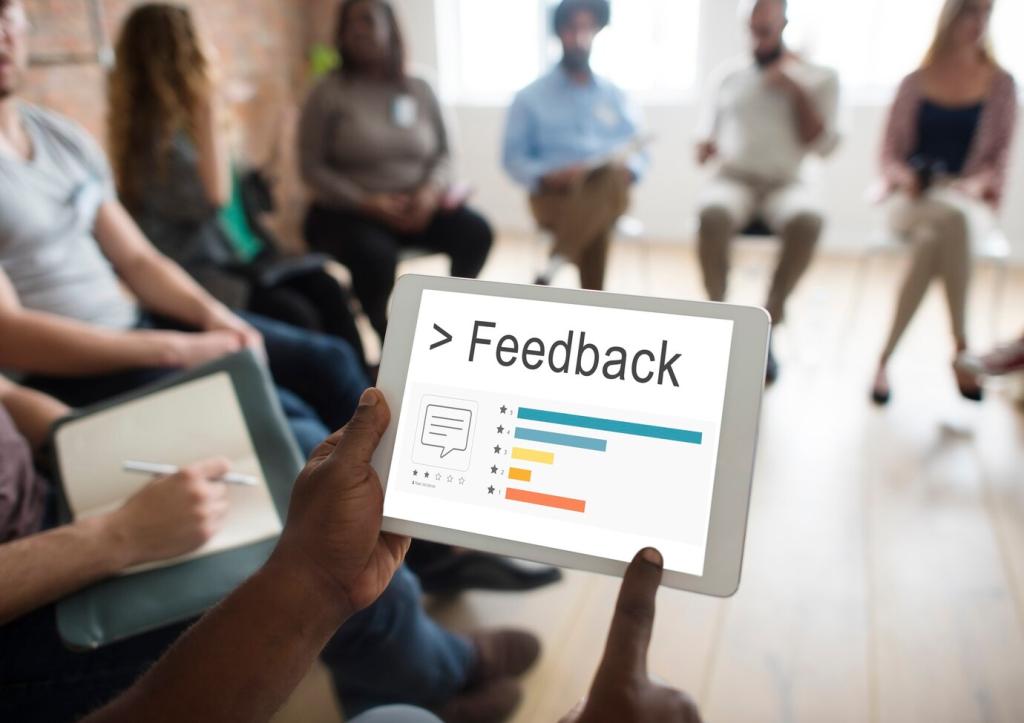Your Next Steps: Launch a Benchmarking Initiative
Gather faculty, advisors, students, and IT to define goals tied to learner success. Agree on definitions and responsibilities. Set a cadence for review. What kickoff activity builds shared understanding fastest for you? Share an agenda template others can adapt next week.
Your Next Steps: Launch a Benchmarking Initiative
List three outcome KPIs, three engagement indicators, and two support metrics. Define data sources, frequency, and owners. Decide decisions each metric should trigger. Post your draft plan in the comments for feedback, and subscribe to receive our community-reviewed measurement library.
Your Next Steps: Launch a Benchmarking Initiative
Publish quick wins with context, not just charts. Ask students and faculty what changed for them. Schedule retrospectives and retire stale metrics. What is one iteration you will try this term? Tell us, and we will feature select updates in our next benchmarking roundup.
Your Next Steps: Launch a Benchmarking Initiative
Lorem ipsum dolor sit amet, consectetur adipiscing elit. Ut elit tellus, luctus nec ullamcorper mattis, pulvinar dapibus leo.



